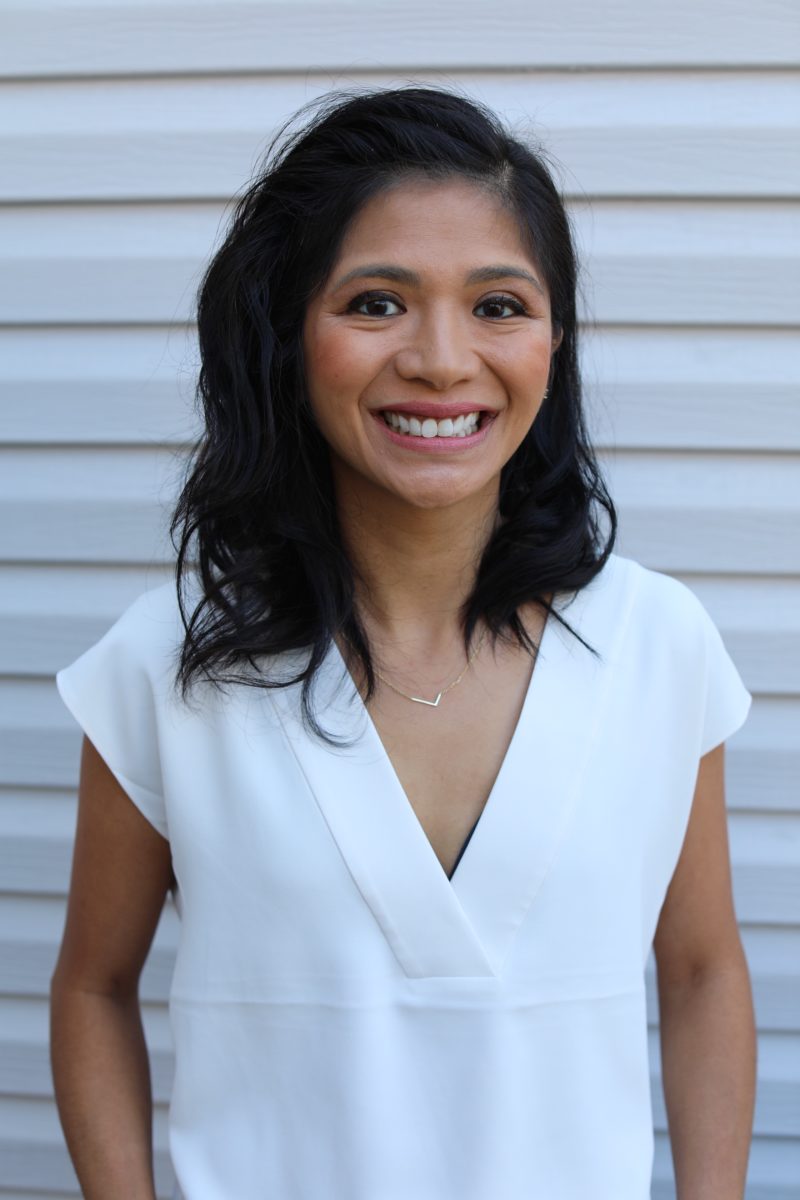The intersection of art and profession (and Jeff Buckley)
 November 13, 2019
Category: Featured, Long, Purpose
November 13, 2019
Category: Featured, Long, Purpose
Disclosures
This story is part of "Social Justice and the Arts" month of the Generocity Editorial Calendar.I grew up in a suburb 20 minutes southwest of Cleveland. In the 1990s, the social activity for my group of friends was to see live music.
Looking back, the community of music lovers produced by a city like Cleveland represented hope and daydreams in a city that experienced economic decline. Somehow, music would be the thing that would eventually carve out creative futures for a lot of us. I appreciate the darkness and grit that was produced by the local industrial, rock, and punk scenes, that represented the constant overcast that came with being a city off of the Great Lakes.
When I was seventeen, my mom took me to a Juliana Hatfield concert with Jeff Buckley as the opening act. His album Grace had been the soundtrack of what was a tumultuous year for me, in my family life as well as in trying to find my way, like every other young person that age.
I brought my Pentax 1000 35mm film camera, in hopes to get a photograph of him. My mom spoke with a security guard who gave me less than two minutes with Jeff. Meeting him was a contradiction in his slight frame vs. the enormity of his singing voice. He didn’t say much as I fumbled with my camera and took one shot. I was paranoid that the settings weren’t right, so I asked to take another one. The security guard said no — Jeff raised his hand without a word and motioned yes. The two photographs I have of him were what I considered my first official foray into a lifelong career in photography.
In the decades I’ve been in this profession, music especially as it relates to social change and being free are themes that have been a common denominator in my work, whether it has been through documenting immigrant communities, making photographic statements on love, capturing local nightlife scenes, and the list goes on. Music has always been the one thing that random people just might have in common. When I was single and dating, it was always a pleasant surprise the few men I met who had Buckley on rotation.
Amplified Heart, a photo/audio project I completed with support from the Leeway Foundation, combined photographs of the local Philadelphia immigrant community with storytelling of the music and songs that reminded them of their journey to the U.S. One person I interviewed who had survived a civil war in Liberia was my age, and growing up was listening to the same tapes I had — Biz Markie, MC Lyte. He associated freedom and the United States with these artists.
It was amazing to know that someone my age who grew up in a completely different environment had a shared love of the same music. This was in the pre-internet days, when people were a lot less connected than they are now online.
It’s no accident that alongside maintaining a part-time career in photography, I’ve dedicated my fulltime profession to working in the human services (nonprofit) sector. I’ve met many human service professionals who have also maintained creative lives; perhaps the profession attracts a certain type of person who can look at innovation and systemic change in a humane, creative and thoughtful way, in lines of work that help communities.
Whenever I’ve interviewed for job opportunities, the people I’ve met sometimes comment that on paper, it’s hard to nail me down. I don’t fit neatly into the box of a nonprofit “mover and shaker,” or a politician or researcher, or someone who is only an artist.
What I explain is that my work in photography has greatly enhanced and influenced my career as a human service professional, and vice versa.
When I’ve photographed subjects, I’ve tried to first spend time with them to establish a sense of trust before they invest in my ability to capture their image, just as I’ve cultivated relationships with funders in order to receive financial support for life-saving work, or how I’ve built rapport with patients in a health center.
As a photographer, I’ve had to put people at ease and motivate them to be their best, just the same way that I’ve successfully managed staff. When I work with subjects, it’s a back-and-forth, collaborative effort, not unlike day-to-day project management. And when I think about the statement of beauty that I want to create through my art, it’s the same lens which I’ve applied throughout my career having worked in healthcare, housing, prisoner reentry, and other areas — being hopeful about the world I want to create, and working hard towards that vision.
Whenever I’m in need of motivation, inspiration, a shot of energy, what I do is listen to music that I loved when I was a teenager. Music that made me feel like a part of a community, that made every hormonal emotion I experienced that much more pronounced; music that made me want to be a photographer and to change the world.
It’s a recommendation I make to people when they’re disillusioned or burned out. Music represents who we are, who we want to be, and is a powerful reminder of the work to be done.
Trending News










